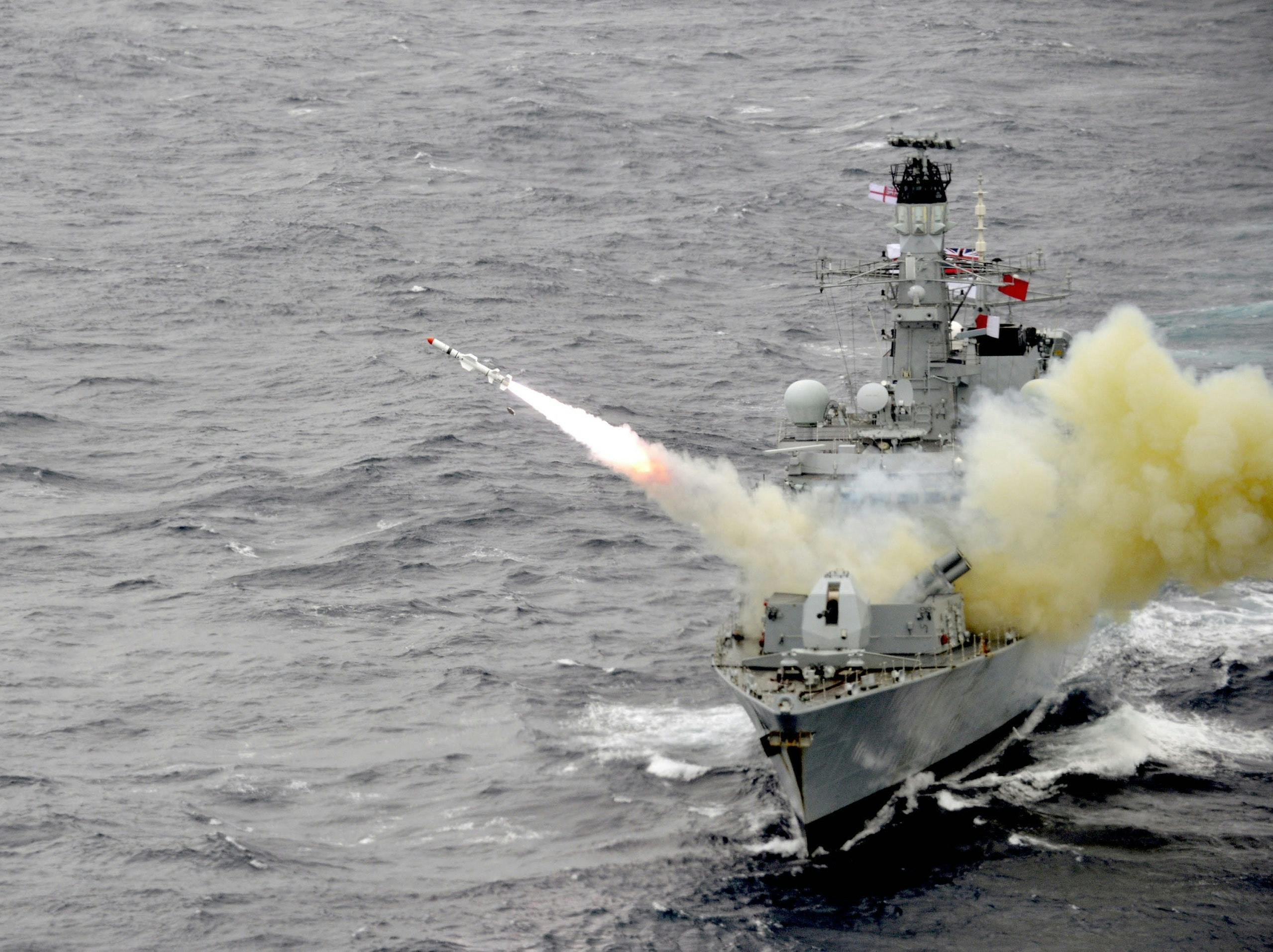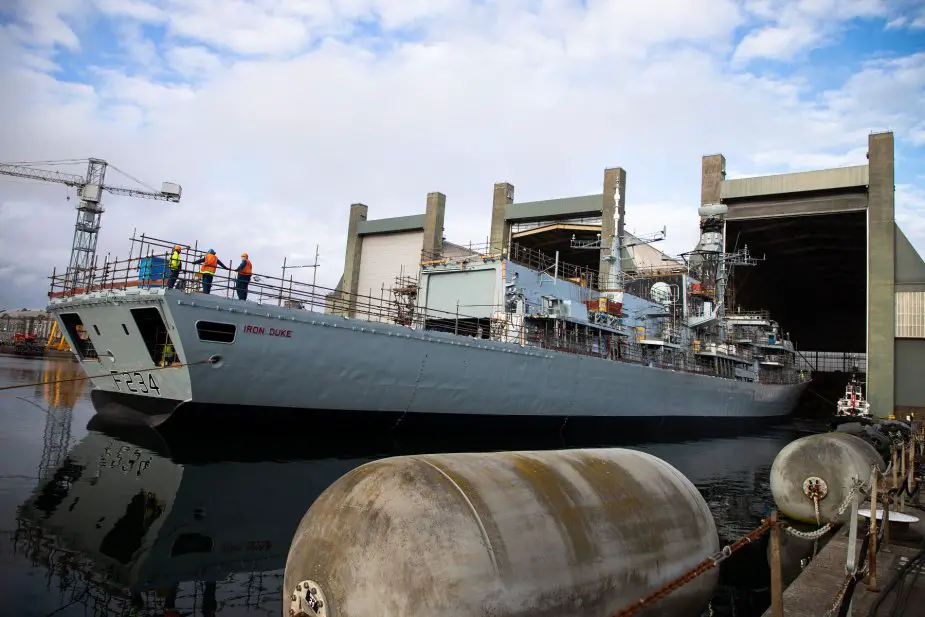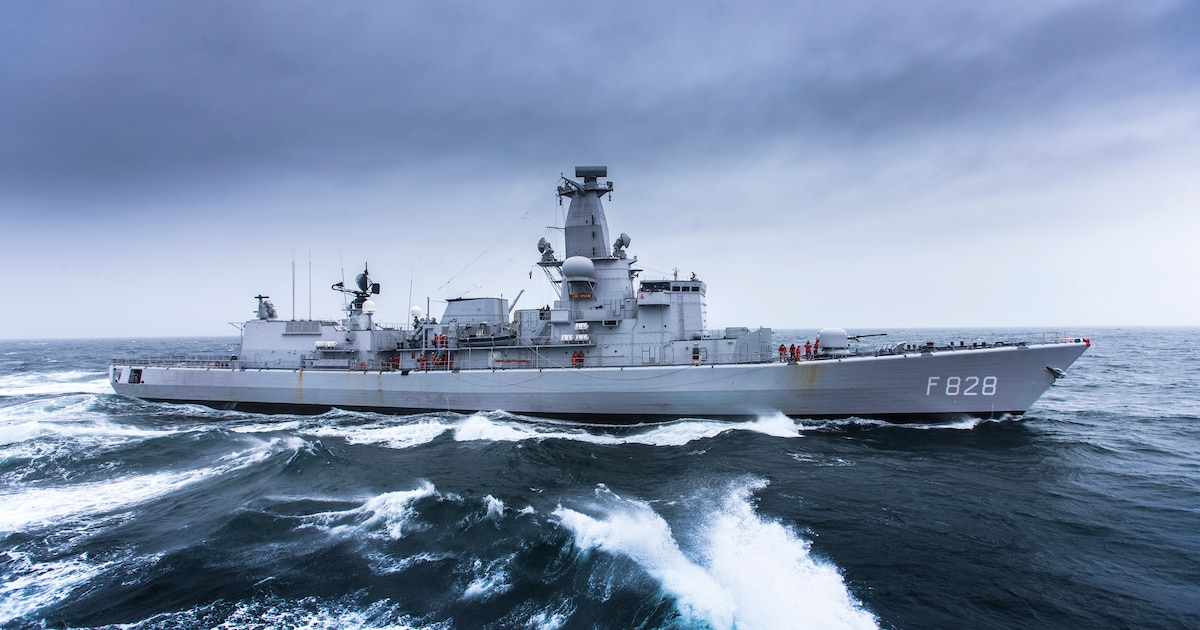FEBRUARY 22, 2021
NEWS COMMENTARIES
The Integrated Review – painful choices for the Royal Navy?
The Integrated Review is due to be published in March 2021. In the next few weeks, rumours of how the review will impact the forces are likely to circulate in the media. An unconfirmed report in the
Daily Mail suggests some of the older frigates will be retired early. Here we consider some of the options the RN may have and the implications for the surface escort fleet.
Blood on the carpet
Despite the
encouraging pre-review commitments and new money allocated to defence announced in November 2020, there will still be very hard choices for all three Armed Services to make. The Treasury and Cabinet Office is determined to agree a force structure and equipment plan that is genuinely affordable and costed, unlike the 2015 ‘conspiracy of optimism’ SDSR. With a solid Parliamentary majority and no election for looming some time, the Tories now have the political strength to take this more difficult path.
The decisions to dispense with some conventional capabilities or ‘sacred cows’ will not be popular in many quarters but the MoD must live within its means. Having just promised a substantial uplift of 4.2% per year (above inflation) rise in spending, this administration at least, can be slightly shielded from accusations of making defence cuts. The capability gaps and lack of mass that characterises so many aspects of UK defence are the result of decades of underfunding, mismanagement and waste, the blame for which can be laid at the door of politicians of all colours, civil servants, senior officers and industry.
Defence Secretary, Ben Wallace and the heads of all three services have spoken many times about needing to modernise the force, speed up procurement and put people first. If this is to amount to more than just words, then at least in the short to medium term, there will be some painful decisions. For the RN, this looks likely to include cuts to the frigate force, the loss of the minehunters and possibly the axing of the LPDs.
In return the RN will get commitments to the existing Equipment Plan, keeping both carriers, the submarine programme, three new Fleet Solid Support ships, two Multi-role Research Vessels, the second batch of Type 26 frigates, Type 31 and eventually,
Type 32 frigates. The Future Commando Force will be developed further, possibly with two Littoral Strike ships. Expect to see significant further investment in autonomous and unmanned systems and increased use of rapid and iterative procurement processes. Broadly speaking, a good settlement that includes a long term aspiration to actually increase frigate numbers.
HMS Monmouth laid up in Devonport and stripped of equipment since April 2019. (Photo: Andy Amor, October 2020)
On-paper strength v actual strength
The Daily Mail suggestion that four oldest Type 23 frigates, HMS Argyll, Lancaster, Iron Duke and
Monmouth, will be
“retired early” is not implausible. No Admiral, or anyone with the best interests of the Navy at heart, really wants to advocate any reduction in the already inadequate number of escorts. It also would be hard to square Boris Johnson’s stated aim to
“restore Britain’s position as the foremost naval power in Europe” while cutting the frigate force by 30%. However, on closer examination, this loss may not have much such a big impact on the frontline as the headlines suggest.
It’s no secret that for the last five years at least, the RN has been unable to fully crew and maximise the availability of all 19 of its frigates and destroyers. As well as ships in major refit as part of the normal operating cycle, there have been at least one frigate and one destroyer laid up and unmanned for long periods. The picture is slightly more complicated at present with higher-than-usual numbers of frigates in deep refit undergoing LIFEX and the Type 45 Power Improvement Project (PIP) finally underway.
The older Type 23s don’t have that much service life left in them anyway. It is likely HMS Monmouth will be scrapped as she never started her refit. Her poor material state may simply not justify further expenditure on her for just a few years of service. HMS Argyll has completed LIFEX and subsequently undertaken two long deployments but is due out of service in 2023. HMS Lancaster completed LIFEX in December 2019 and is currently going strong but is scheduled to leave the fleet in 2024. HMS Iron Duke is mid-refit although is not thought to be receiving the full LIFEX package. It is unclear to what extent she is being modernised as she is due to go in 2025. What is clear is that these four ships days were already numbered before the review and their retirement before replacements are available was always inevitable.
The 2023-2028 ‘frigate gap’, primarily caused by the delay in ordering Type 26 and the slow construction schedule may only be slightly exacerbated by the slightly earlier retirement of these 4 veterans.
The 5 oldest frigates are classed as “general purpose”, ie. lacking the towed array sonar and specialist ASW capability of the newer 8 vessels. The 5th GP frigate, HMS Montrose, is forward-deployed in the Gulf, being run very hard with two crews that rotate every 4 months. She is supposed to come home in 2022 but could possibly have her stay extended until her place is taken by a precious ASW frigate which in turn would be relieved by the first operational Type 31 around 2027-8.
Chile and Greece have been mentioned as possible buyers for these ships. In the past foreign navies have bought old warships and keep them going long beyond what the RN would contemplate. However the Type 23s were originally designed with an 18-year hull life and, despite the structural repairs and modernisation packages they have received, may simply be too worn out to be attractive to any foreign navy.
Even assuming there is no income from sales, the deletion of four frigates would still contribute to reduced budget pressures. (The running cost of an active Type 23 is round £25-30M per annum). Most significantly it would ease a short-term manning crisis. As the frigate LIFEX project comes to a close and as the Type 45s have increasing availability there would be in shortage of trained sailors to crew them all. A reduction in frigate numbers reduces pressure on people, a critical factor in retaining the best and brightest for long careers and avoiding pinch-points in critical high-skill trades. In the longer term, the lower compliment of the new frigates, along with a COVID-induced boom in recruitment should make it easier to crew a growing fleet.
Cynics and those who have been burned before will be suspicious of anything that sounds like reductions today in return for ‘jam tomorrow’. Somehow the bill for COVID will have to be paid and there is plenty of time for political priorities to change. There is always the worry that ‘making do’ with 9 frigates for a few years could become the accepted norm and set a dangerous precedent, however, it is fair to have confidence in both the Type 31 and Type 26 programmes which are not really in doubt from a political and industrial perspective.
By the time of a 2024-5 election, enough time will have elapsed to form some sort of judgement on whether the sacrifices of the 2021 review have paid off. For the RN, particular signs of progress would be a new generation of autonomous systems arriving quickly on the front line and a much-stabilised personnel retention situation.
Main Image: HMS Argyll fires a gun salute in Plymouth Sound on her return from 6 months of operations in the Gulf (Sept 2020).
The Integrated Review is due to be published in March 2021. In the next few weeks, rumours of how the review will impact the forces are likely to circulate in the media. An unconfirmed report in the Daily Mail suggests some of the older frigates will be retired early. Here we consider some of the

www.navylookout.com
Asi que la Monmouth está materialmente mal y puede que no valga la pena repararla para los británicos que tienen dos procesos de construcción andando (Type-26 y Type-31).
¿Será que ASMAR (que conoce al reves y al derecho la clase) hace el milagro de recuperarla y dejarla al nivel de sus hermanas?
Saludos



 ukdefencejournal.org.uk
ukdefencejournal.org.uk

ukdefencejournal.org.uk


www.thetimes.co.uk



